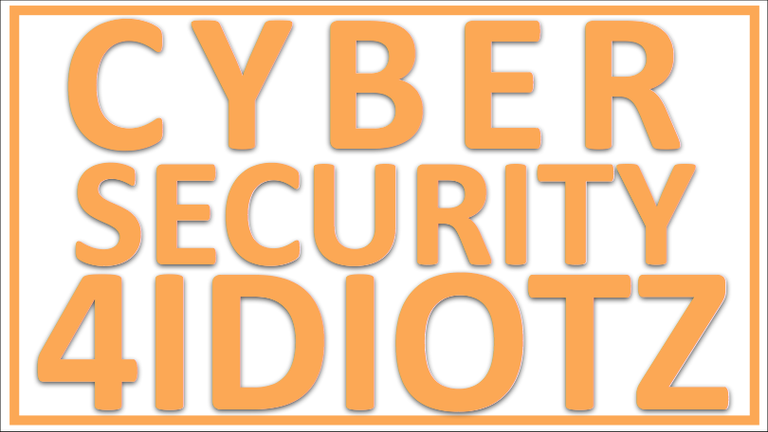
Cyber Security: Terms and Precepts.
There are 18 different aspects of cyber security we will be defining in this article. Let us begin with the more important ones.
1. Antivirus software.
It is a software the detects and removes viruses. Viruses are software that restrict trauma, or stimulate the organizations of the system sources fruitless. Antivirus software needs the latest device and virus descriptions to provide a current rank of protection to the system.
2. Anti-spyware software.
The software huntings and removes spyware. Spyware is software that collects data from a arrangement and transmits it to its own server. Spyware typically drives quietly without harming the organizations of the system riches. Anti-spyware software requires the most recent developments instrument and anti-spyware clarities to provide contemporary protection to the system.
3. Firewall.
It is a application or hardware machine that is configurable to allow genuine network freight to go and stop the malicious traffic. For instance, a firewall application may catch all structure packets sent to the user's browser. If these containers originate from a known malevolent informant, the firewall droops these packets to stop any harm to the user's system.
4. Updates.
These include new versions of programs, new machine versions, brand-new definitions newer platform databases etc. Updates are push ahead with software dealers often for software like operating system, antivirus application, anti-spyware software and other employments. We should stop all our software updated for the safety determination.
5. Login name and User name.
Login name is the means by which the system identifies the subscribers seeking access. Login name may or may not be the same as User name. The User Name is unique which the organizations of the system decides for the user or member and disseminates to other users or members. For example, john1 202 may be a Login name and John doe the corresponding User Name. Now, the user would use john1 202 to log into the system. However, the system would show John Doe in his inbox and in his posts.
6. Threat.
It is a risk to someone's or some organization's information. This threat can be intentional, for example, an external attacker or the threat can be accidental, such as an earthquake or a flood.
7. Vulnerability.
It is a shortage in an individual's or an organization's structure. For example, if the equipment is located in an insecure plaza, it is a equipment vulnerability, because the hardware may get stolen. If protection researching is not done on an application, it may have software vulnerabilities. If the systems are located in a disaster-prone area, the systems have physical site vulnerability.
8. Penetration Test.
It checks a network defence while pretending to be an external attacker. It is also called a pen assessment. It's objective is to is accessed and some domination on a machine within the network. A pen evaluation detects the network's vulnerabilities.
9. Authentication.
This symbolizes determining if an entity or some data is genuine or not. For example, when a user enters into a website, the website checks if the user is genuine or not. The website can do this by controlling the login name, password, previous activity, defence clue, any identification number or biometrics.
10. License.
This entails the grant of certain permissions. For example, the system will enable customers to route transactions and modify his or her data. However, if it is an inactive customer, he or she may open their account, but cannot access their data.
11. Identity.
This makes an individual's unique data. For instance, an employee's name within an organization has Employee number, year of joining and their full list. The employee uses their identity while working in individual organizations.
12. Environmental Security.
This entails an optimum working environment for a plan. A secure working environment includes remedy ambient temperature, stable make scaffold and dust free and dehumidified air.
13. Physical Security.
This intends the physical be protected by an organization's info. For example, gated access, security guards and access placard required to enter the locate.
14. Allowed IP address directory.
It is a list of specific IP addresses that are allowed to use a organisation. Other IP addresses cannot use that organization. This can be more secure than merely allowing users from specific geographical locations.
15. Internet Security Suite.
This wants the rectify of security makes from a single application marketer. The defence products may include antivirus, anti-spyware, anti-malware, spam shield, firewalls and so on.
16. Site Advisor.
This software works inside the browser to help the user visit only safe web sites. It alerts the user if the site tries to redirect to a malicious web site.
17. Exploit.
This can mean many things and exploit can be a list of directions or some data that an attacker may use against an information system to perform some destructive actions.
18. Cryptography.
This makes techniques for fasten communications. These include exploiting encryption algorithm or digital signatures. For example, an internet site mails encrypted data to the browser. This data is firstly decrypted in the browser and only then exposed to the user.
For more information on Cyber Security please check HERE.
As found on Youtube
Posted from my blog with SteemPress : https://4idiotz.com/2019/02/07/cyber-security-terms-and-precepts/
Nice review dude! I would have just add VPN for the anonymity they procure but keep it up that way ;-)